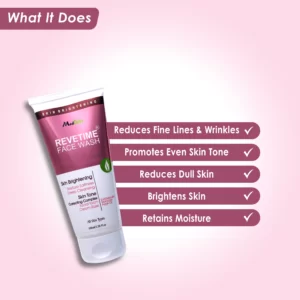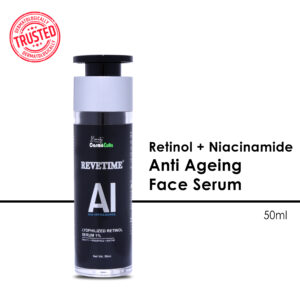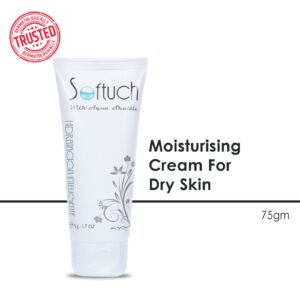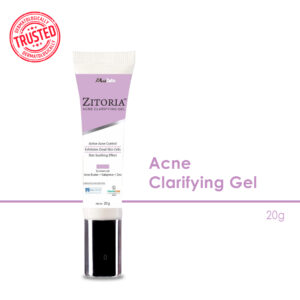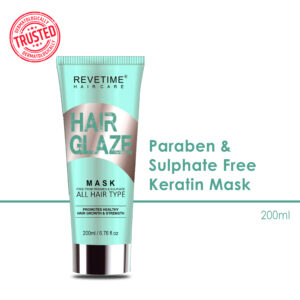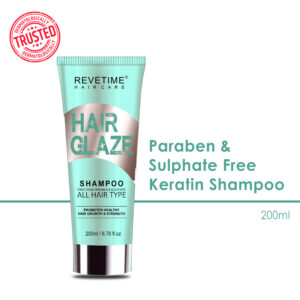
The Impact of Climate Change on Sunscreen: Understanding the Increased Need for Sun Protection and How to Stay Safe in a Changing Climate
Climate change has been a growing concern for several decades. Its impact on the environment and human health is far-reaching. As temperatures continue to rise and the ozone layer depletes. The importance of proper sunscreen usage is more crucial than ever. This blog aims to educate readers on the impact of climate change on sunscreen. The increased need for sun protection, and how to stay safe in a changing climate.
Sunscreen has long been a go-to for protecting the skin from harmful UV rays. Which can cause skin cancer, premature aging, and other skin damage. However, with the rising temperatures and decreasing ozone layer, the sun’s UV rays are becoming more intense. And making proper sunscreen usage even more important. In addition, climate change is causing a significant decrease in cloud coverage, which is another factor that contributes to the increase in UV rays reaching the earth.
The increased exposure to UV rays has led to an increase in skin damage and skin cancer cases. Studies have shown that skin cancer rates have increased by 77% in the past three decades, making the use of sunscreen more critical than ever before. It is important to choose a sunscreen with a high SPF (Sun Protection Factor) rating, which indicates the level of protection against UVB rays. A higher SPF number provides more protection, so choosing a Sunscreen with SPF 50 or higher is recommended.
In addition to choosing the right SPF level, it is also important to choose a broad-spectrum sunscreen that provides protection against both UVA and UVB rays. The formulation of sunscreen is also important. Some chemical sunscreens contain ingredients that can be harmful to the skin and the environment. Physical sunscreens, on the other hand, contain mineral ingredients such as zinc oxide or titanium dioxide, which physically block UV rays and are considered to be gentler and safer for the skin and the environment.
Another aspect to consider when choosing a sunscreen is water-resistance. Climate change is causing an increase in water temperatures and a decrease in the number of clouds. Which means that individuals who enjoy water activities or are active are exposed to UV rays for longer periods. Water-resistant sunscreens are tested and proven to remain effective for a certain amount of time while exposed to water or sweat and are a great option for those who are active.
Finally, it is important to reapply sunscreen regularly, especially after sweating or being in water. Even if the sunscreen is labeled as water-resistant, it is still recommended to reapply after the specified period has elapsed. It is also important to use enough sunscreen to cover all exposed skin. Reapply every two hours, or immediately after sweating or swimming.
In conclusion, the impact of climate change on sunscreen is significant. The need for proper sunscreen usage has become more important than ever before. With the increased exposure to UV rays, it is crucial to choose the right SPF level, formulation, and water-resistance, and to reapply regularly to ensure maximum protection against skin damage and skin cancer. By taking these steps, individuals can stay safe and protect their skin in a changing climate.





